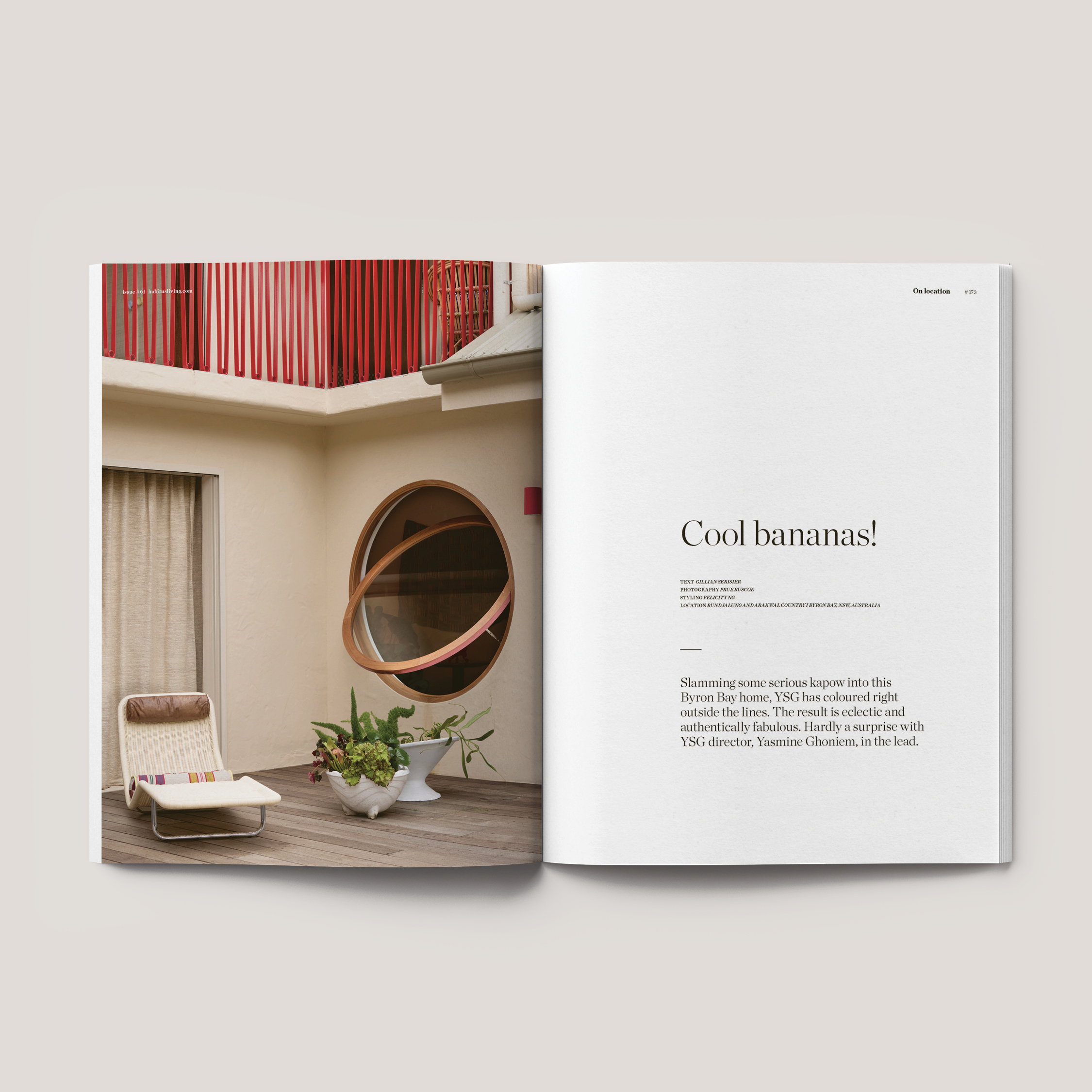It is not an uncommon story — the sinew and structure of brick masonry alchemising the way one experiences the built environment. For instance, the James Street precinct in Brisbane is a response not so much to the lie of the land as it simply becomes indistinguishable from it. Designed by lauded architects Richards and Spence, this definitive borough served as a blueprint for mobilisation – catalysing a shift towards brick as the defining feature in design – attracting the attention of designers far and wide.
While the propensity to design and construct with brick has certainly captured the attention of the zeitgeist, it is important to remember that brick has always been a cornerstone of Australian architecture, forming weighty dwellings that are as beautiful as they are durable. Beyond its visual appeal, brick serves as the perfect catalyst for herculean strength, insulation and longevity — name a more perennial material. Indeed, there’s a reason its use goes all the way back to Ancient Rome.
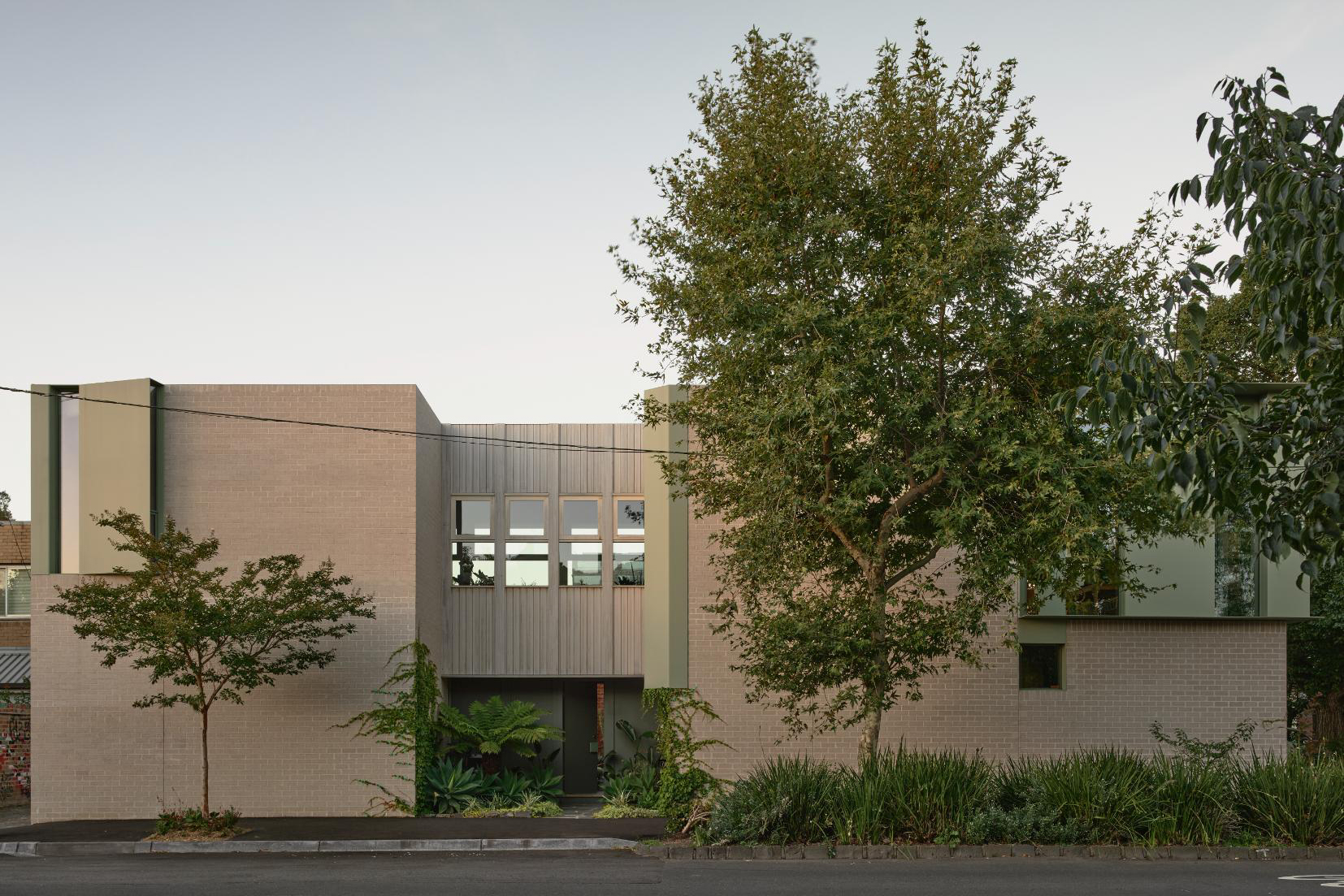
Not convinced? Take the following examples: standout projects showcasing how leading architects use Brickworks’ premium materials to conceive homes that amalgamate form, function and a deep connection to place.
For Brett Ward, General Manager of Marketing at Brickworks, the success of a design lies in how the brickwork ties everything together. “Brick has this incredible ability to make a home feel both grounded and timeless,” explains Ward. “It’s a perfect example of how material selection shapes both the look and the liveability of a home.”
Related: Four principles from Phillip Withers on the art of brick in your backyard
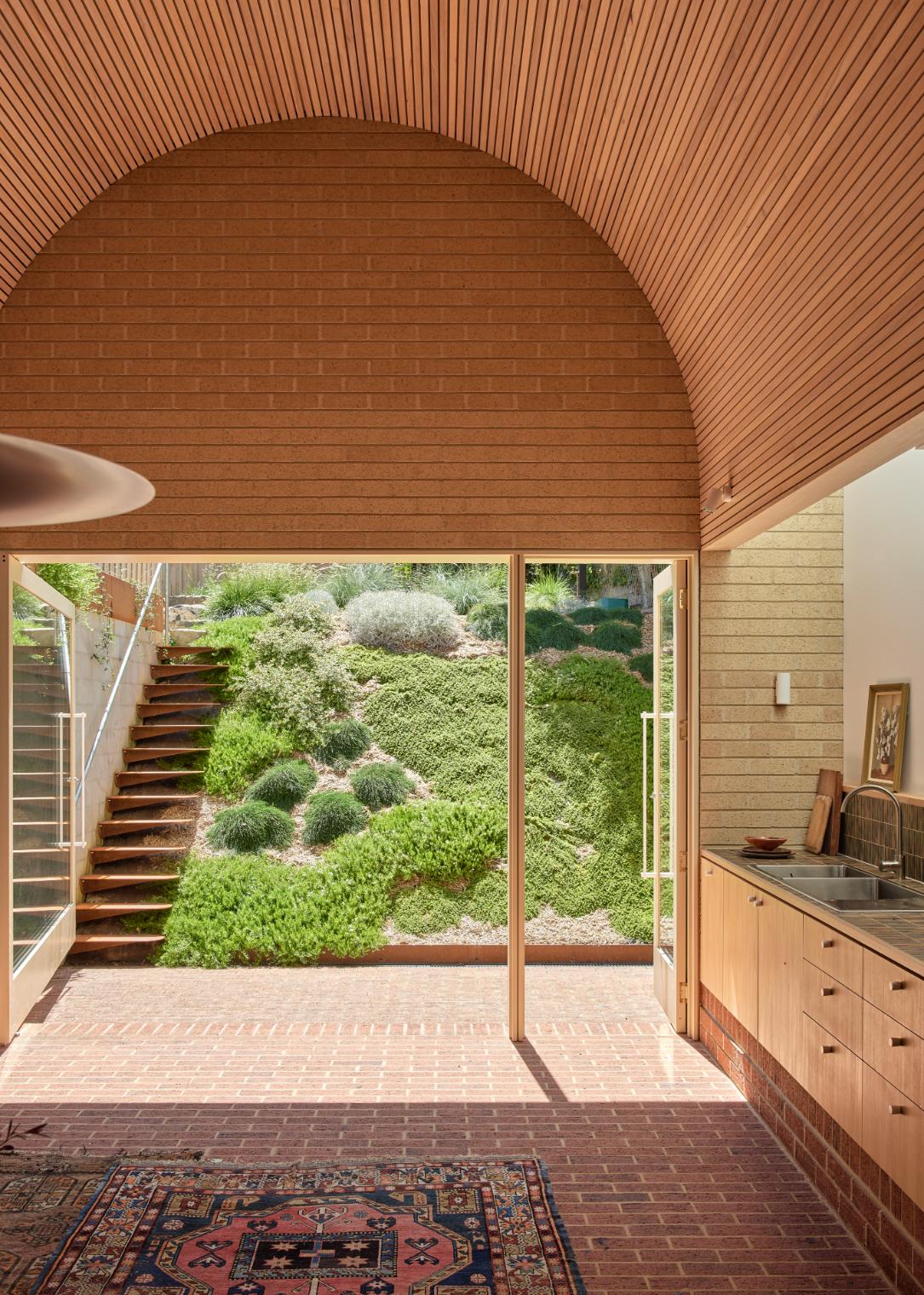
Six-Ways House by Kennedy Nolan
An elongated form that sits laterally, comprising a conscientious palette of materials — mostly brick — Six-Ways House by Kennedy Nolan takes its cues from the Victorian buildings that characterise the area. The residence is anchored by an intricate play between solid and void, an exploration of the masonry walls’ potential to define and dissolve. The masonry is commanding, its mass interrupted by carefully placed apertures, where the voids become as important as the planes themselves. Here, the solid does not simply dominate — it collaborates with absence to carve out a form that feels rooted. Opting for an Austral Bricks Indulgence in earthy tones gives the residence a sense of solidity, tying it to the surrounding Spotted Gum trees. The textural quality of brick improves acoustics and natural ventilation, ensuring the dwelling is quiet and thermally efficient year-round.
Photography by Derek Swallwell
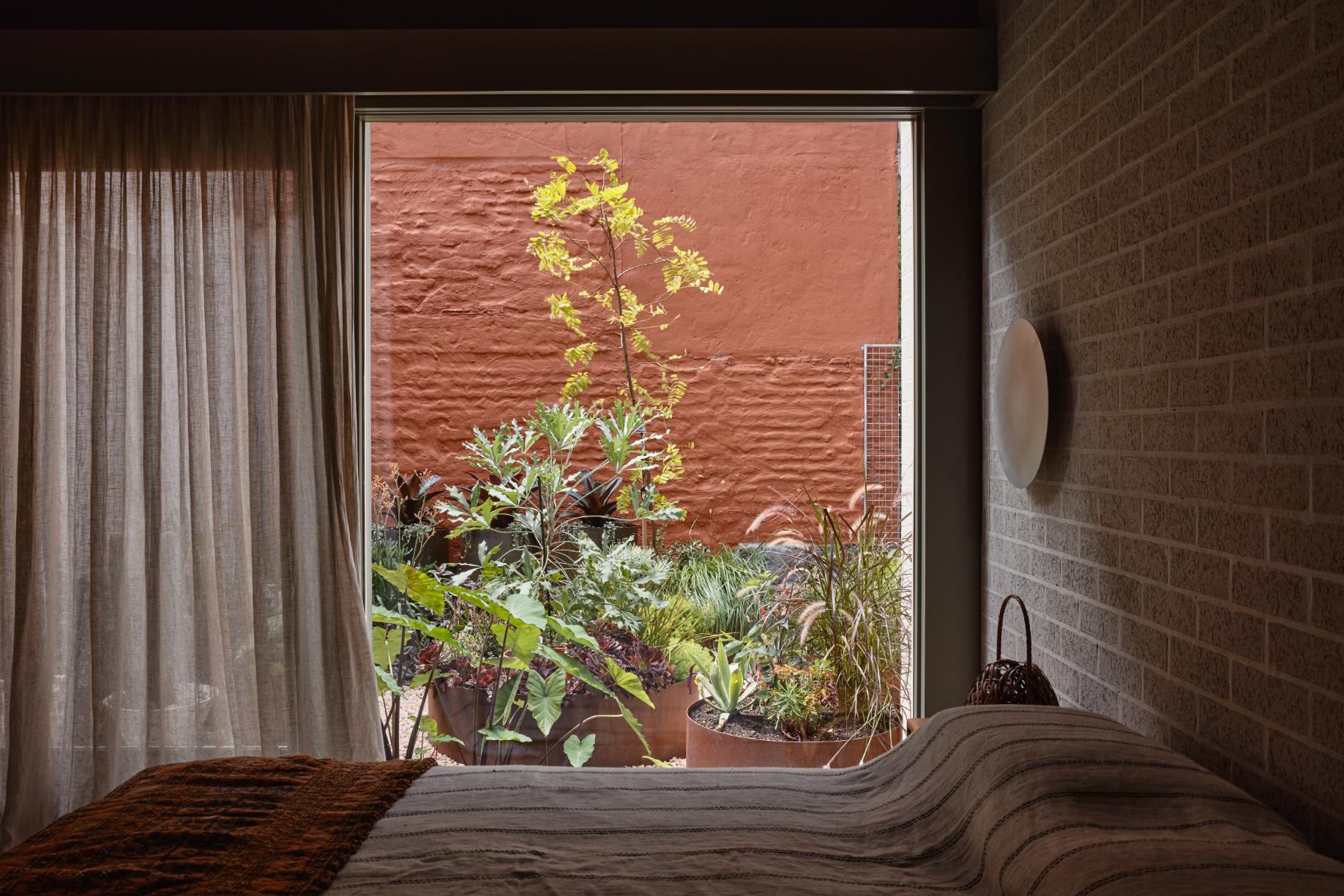
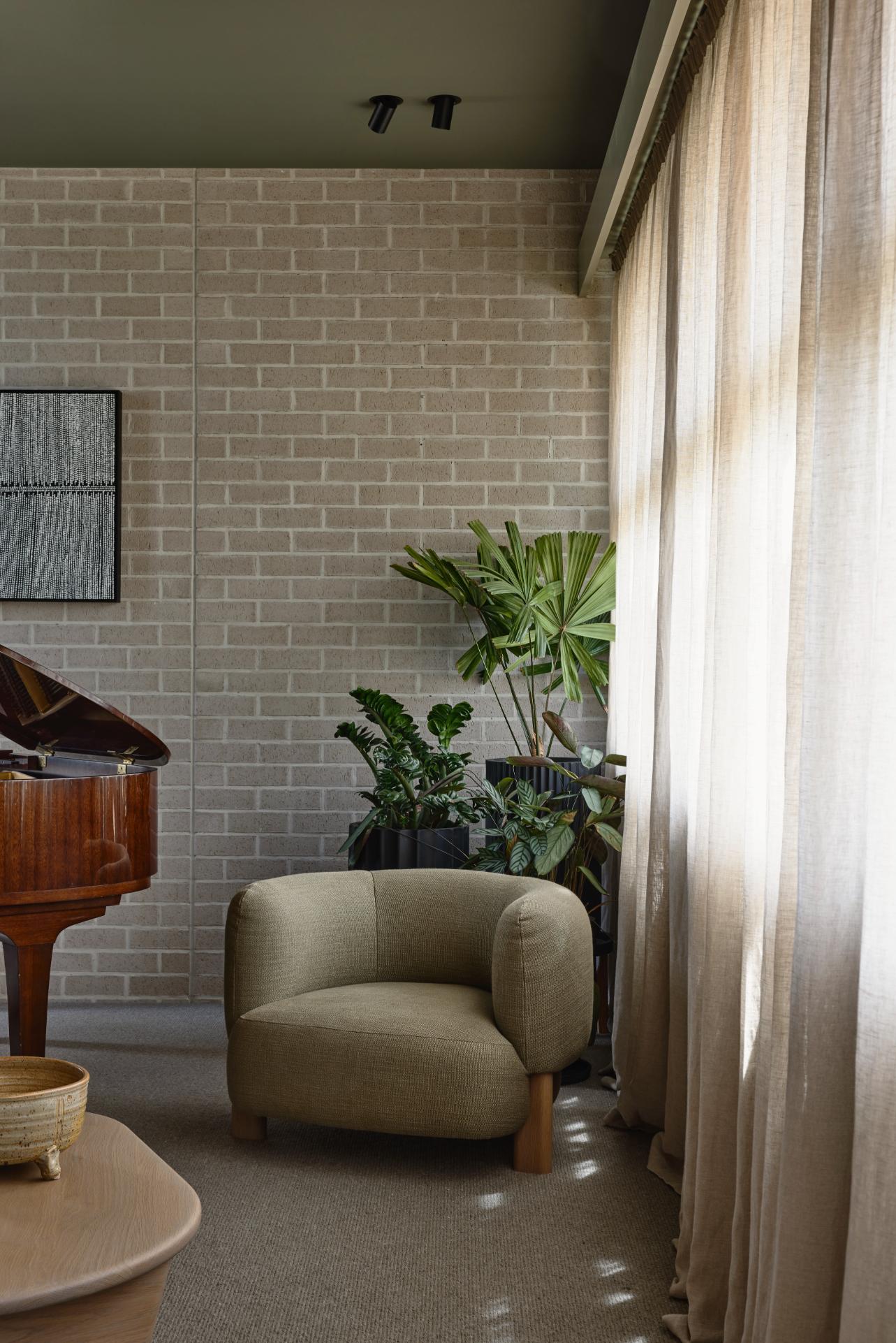
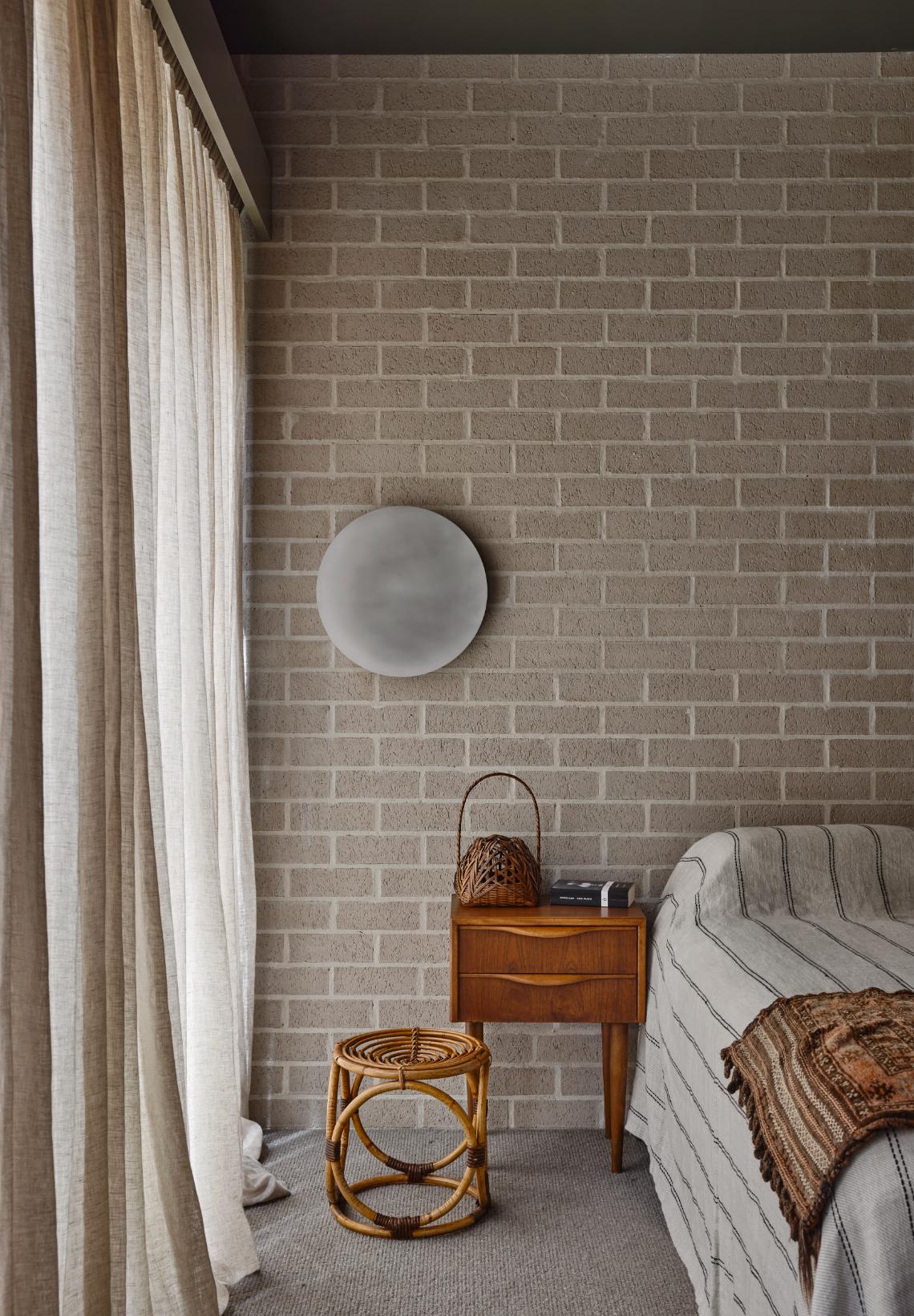
Naples Street by Edition Office
Charmingly obscured through the surrounding vegetation, Naples Street by Edition Office blends into the landscape, mirroring the hues of the native gum trees. Built using Bowral Bricks in Simmental Silver, the residence is an exercise in how longevity and sustainability can work in harmony. The house is designed as a singular form, carved into a shape that reflects the low-slung, pitched roofs of its neighbours. The sculptural quality of the brickwork gives the perception of a monolithic, grounded presence, alluding to its power to stand strong for generations.
Photography by Tasha Tylee
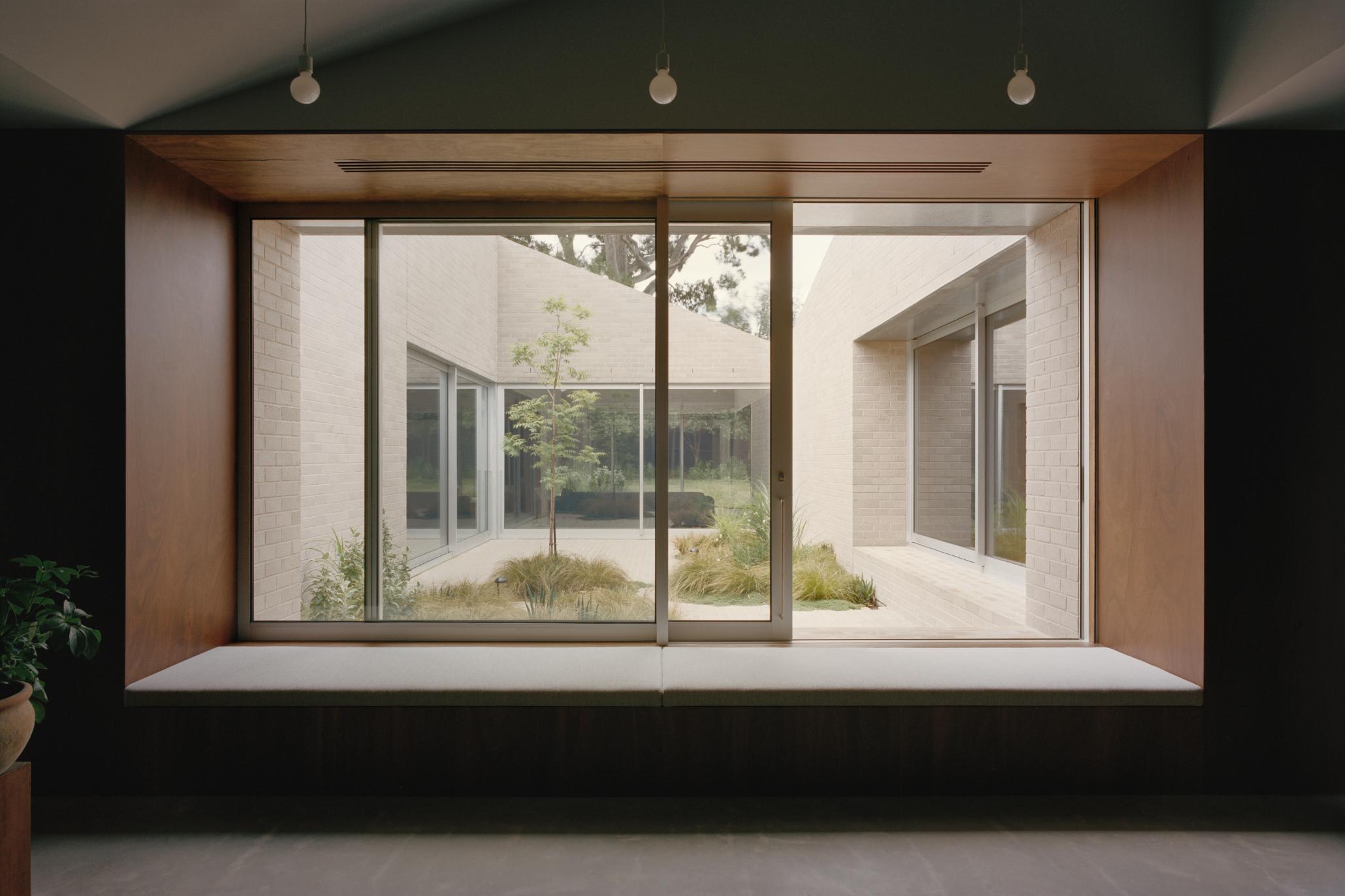
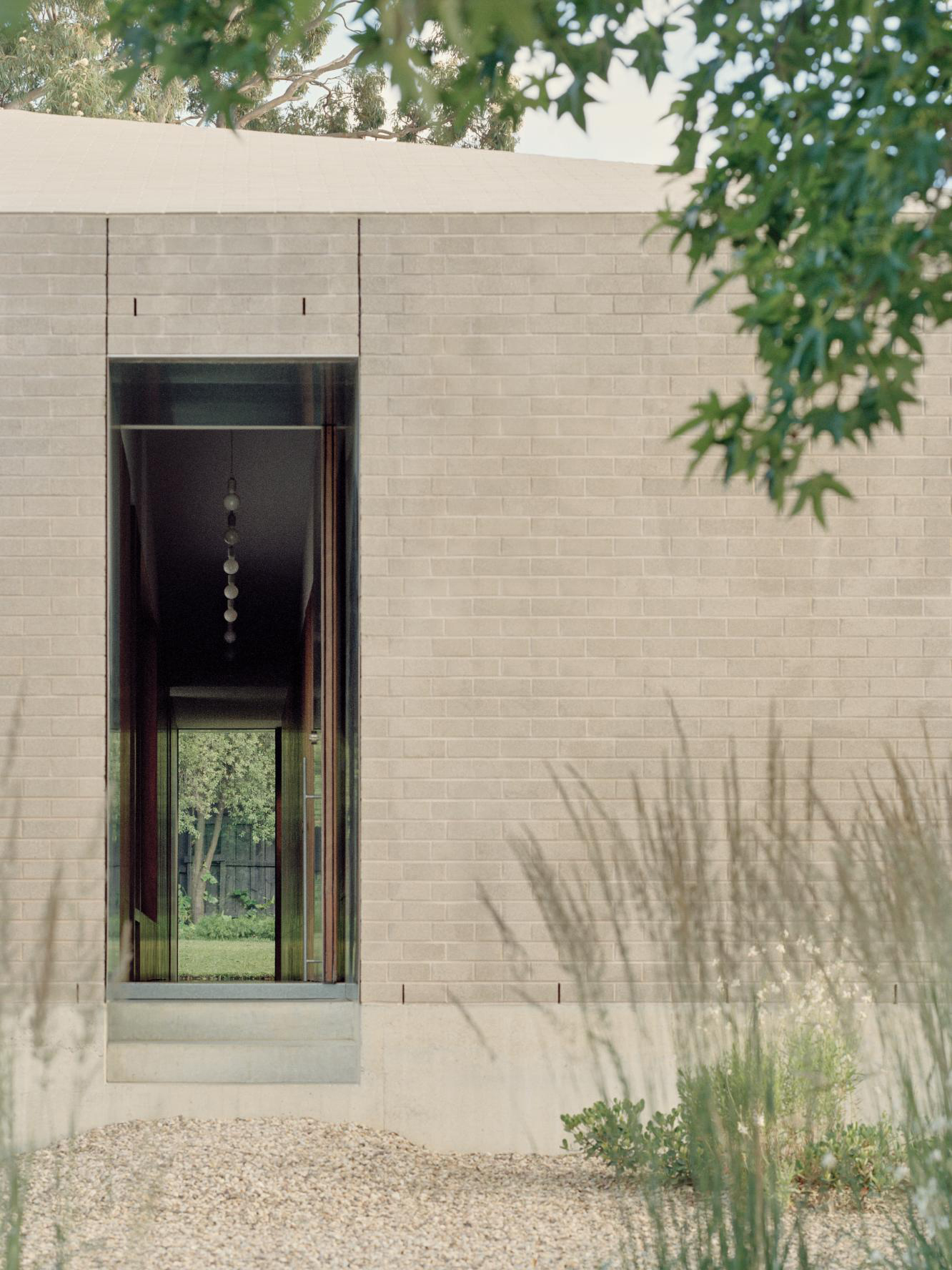
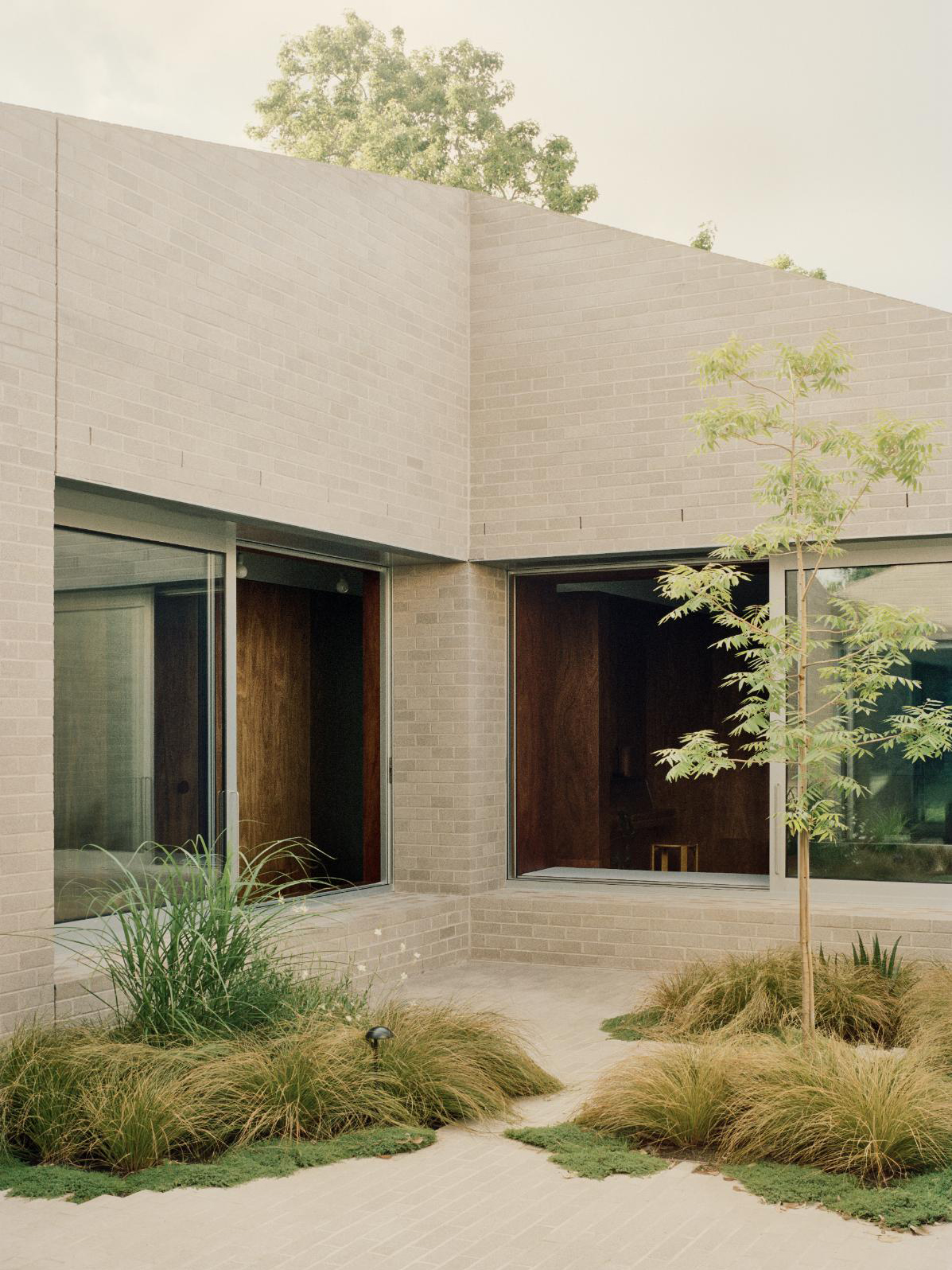
High Street by Lineburg Wang
Set on a compact site, High Street by Lineburg Wang proves small spaces, too, can feel open and expansive. With the original timber-and-tin cottage showing signs of deterioration, the architects designed an elevated appendage to maximise light permeation, ventilation and durability. Light natural bricks transition from the outdoor living spaces into the kitchen, enhancing connection and conviviality. “This project is about efficiency — focusing on what truly matters and eliminating excess,” say the architects.
Photography by David Chatfield
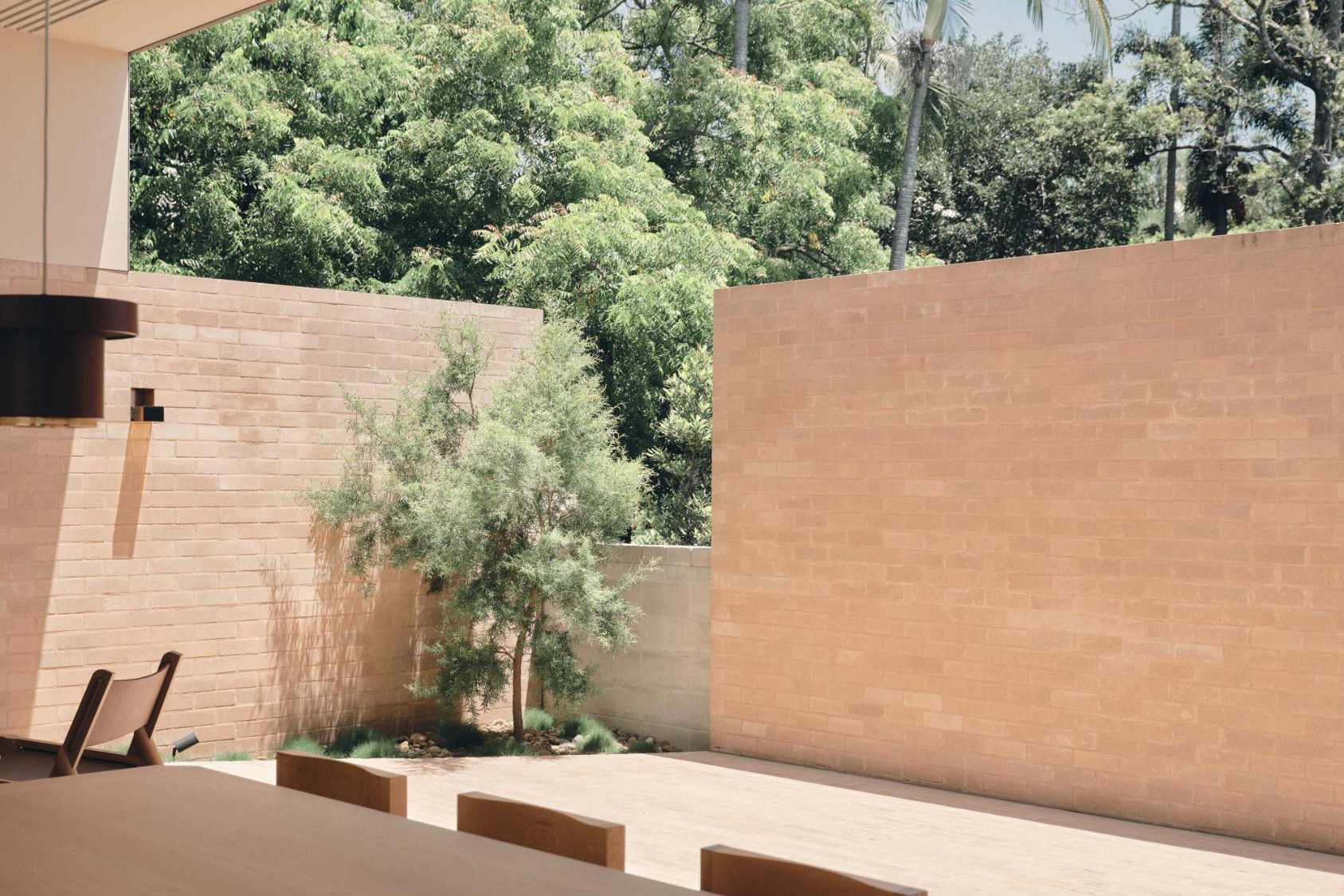
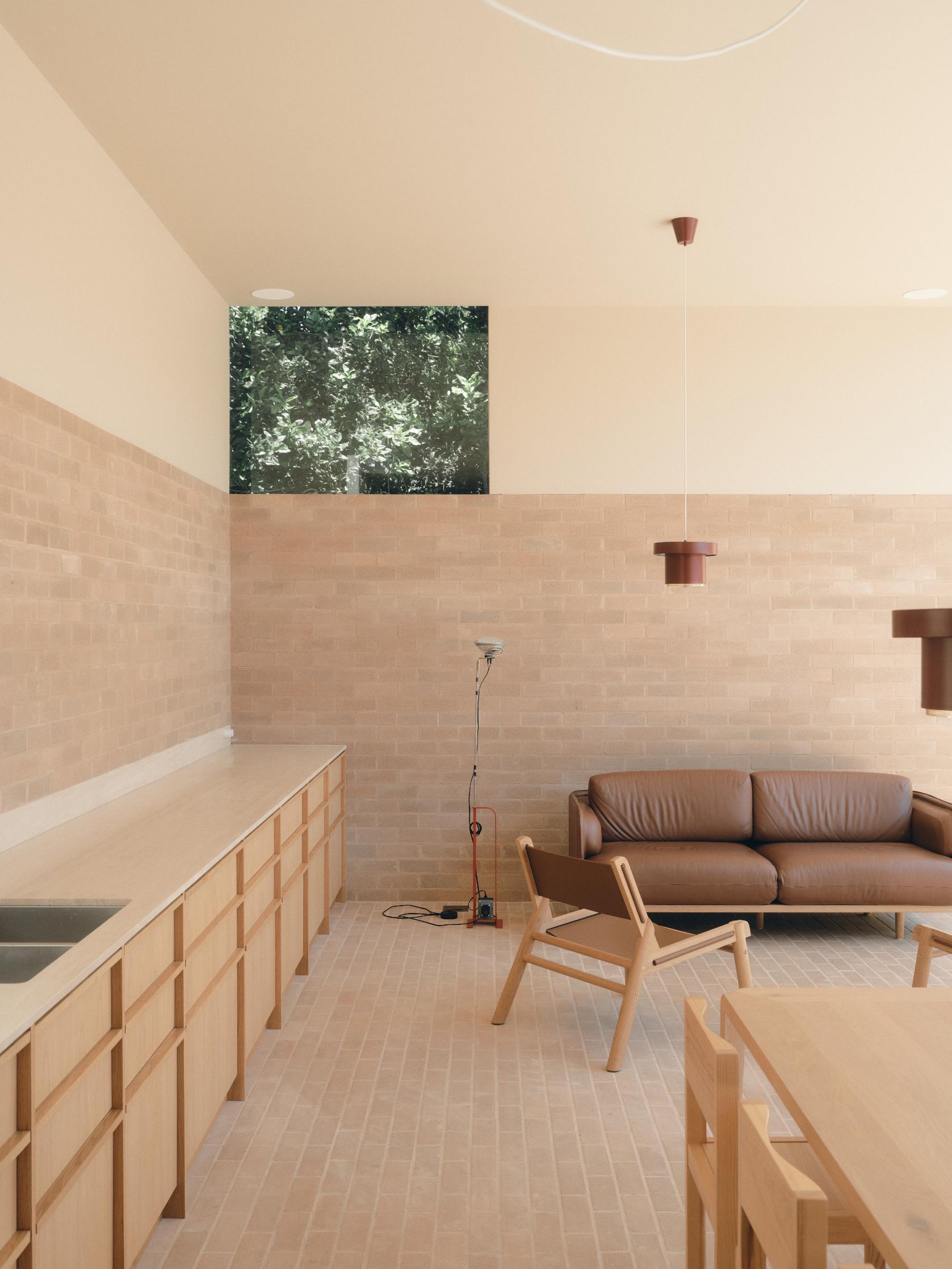
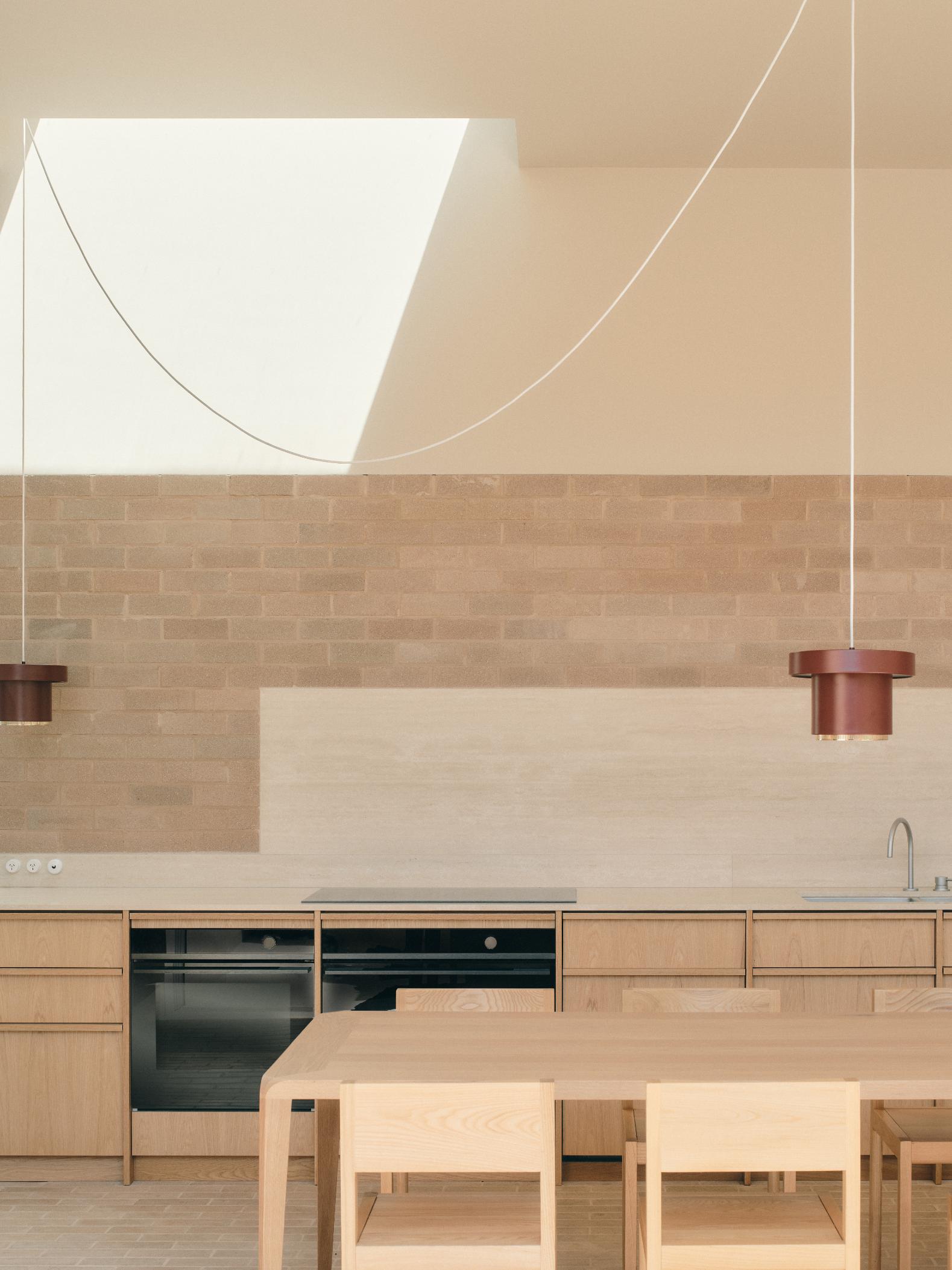
Harriet’s House by SO Architecture
There is a perpetual cohesion at Harriet’s House by SO Architecture, where brick moves from the façade to interior walls and flooring, creating a convivial, textured and durable space. Soaring brick walls rise to meet timber ceilings, bringing an organic, expansive feel to the space. Locally sourced carbon-neutral bricks from Longford, Tasmania, were selected for their natural patina, fortifying the long-lasting quality and regional craftsmanship.
Photography by Sean Fennessy

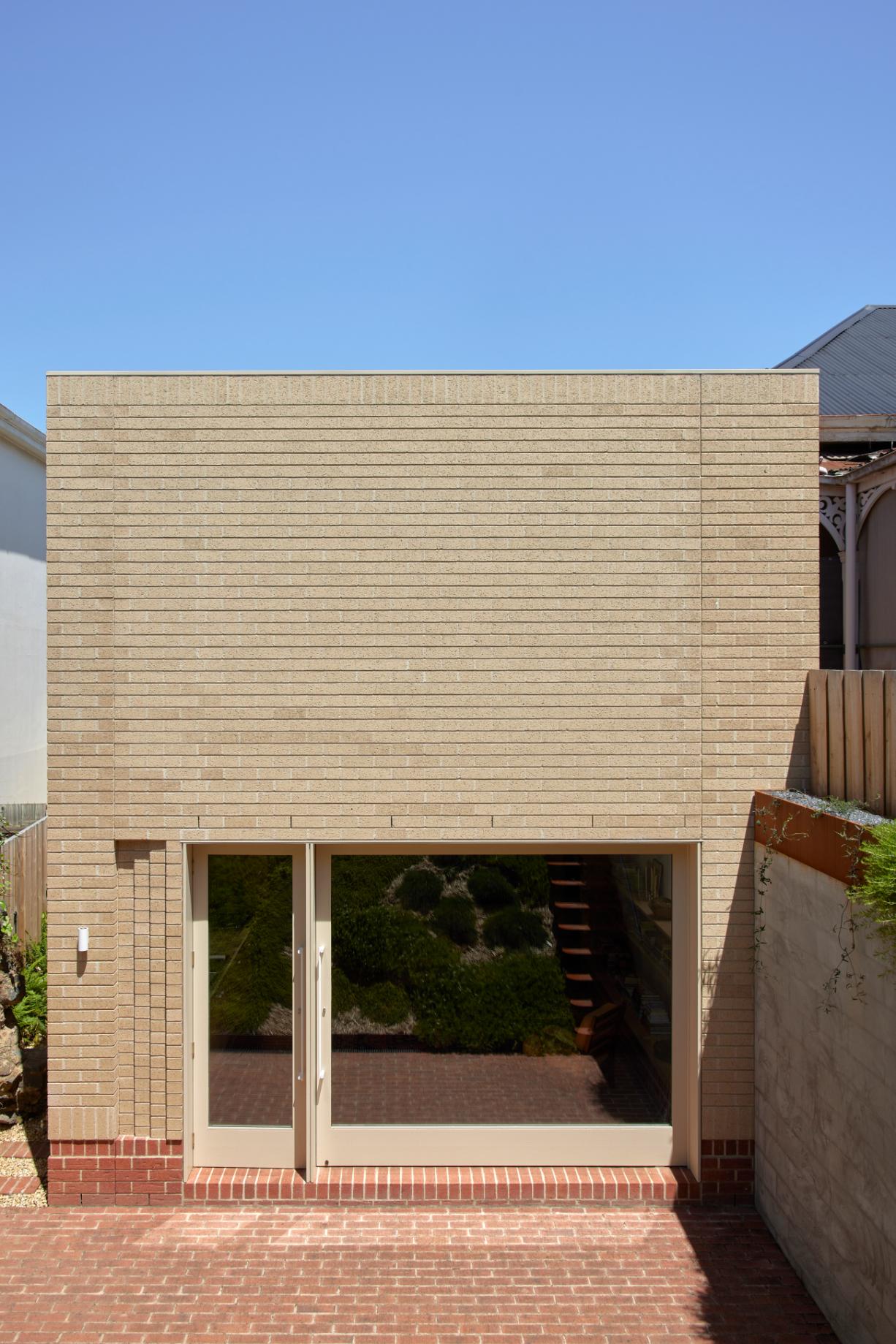
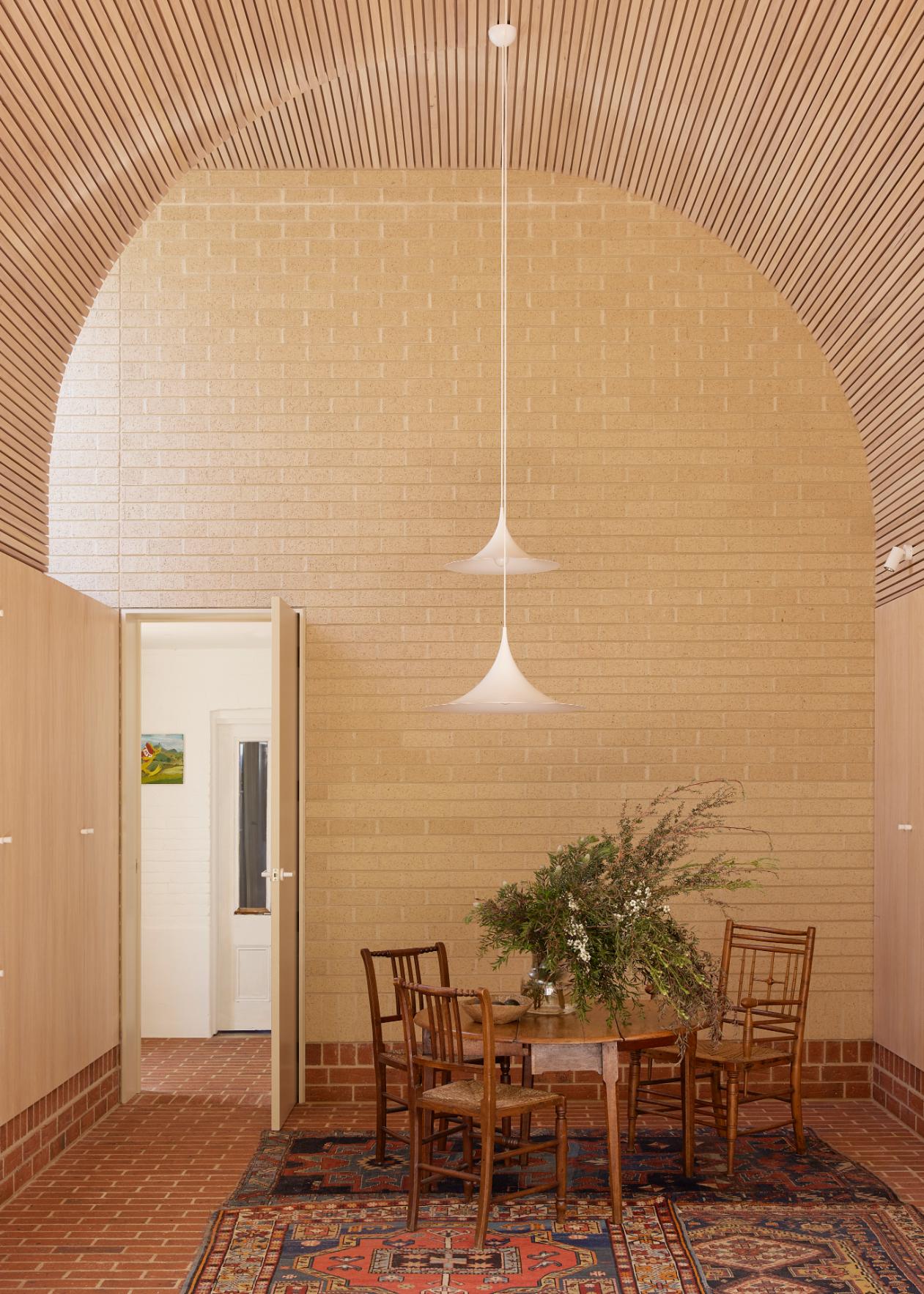
Next up: The trajectory of Tom Mark Henry and their ten-year tenure
